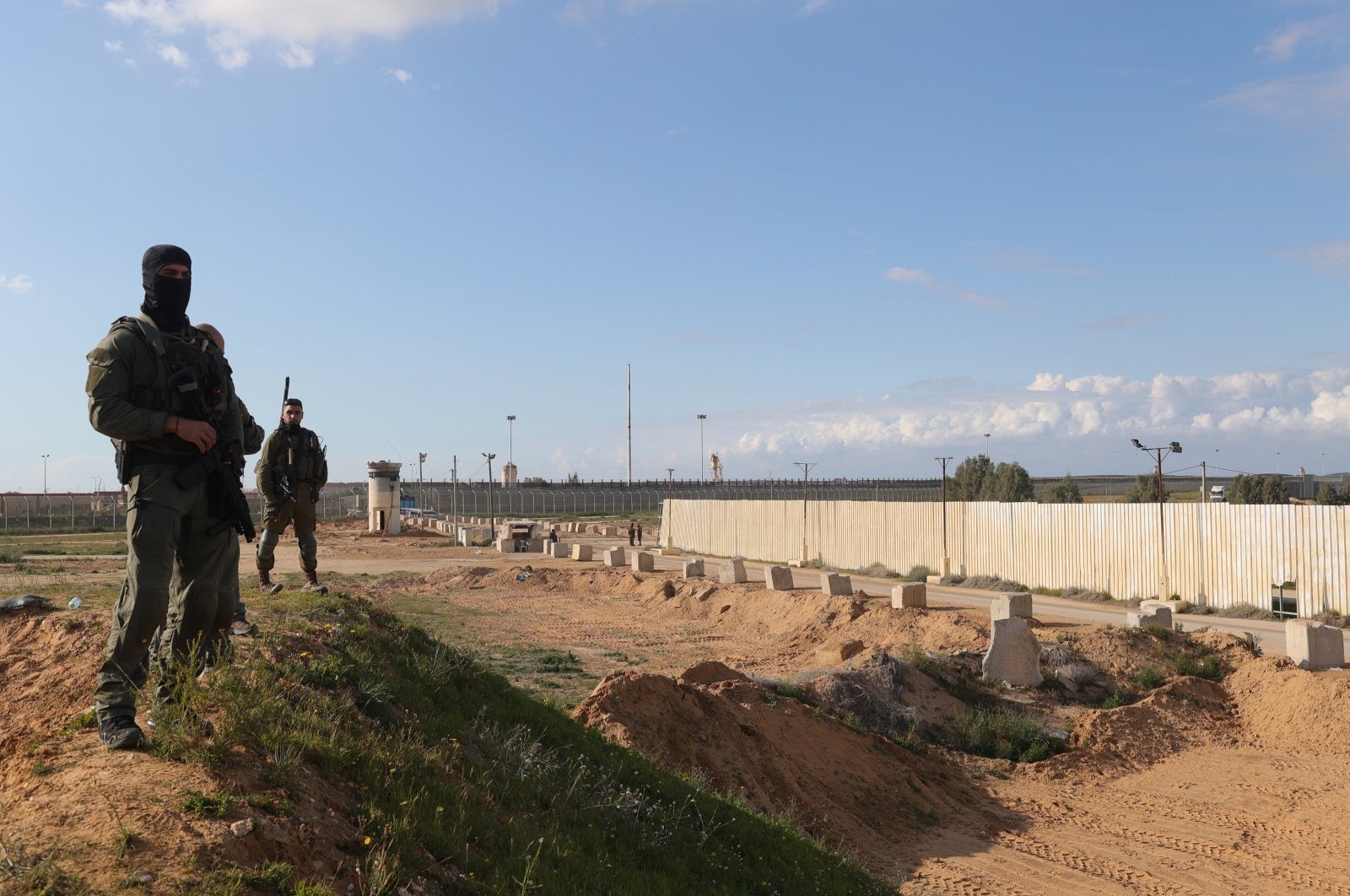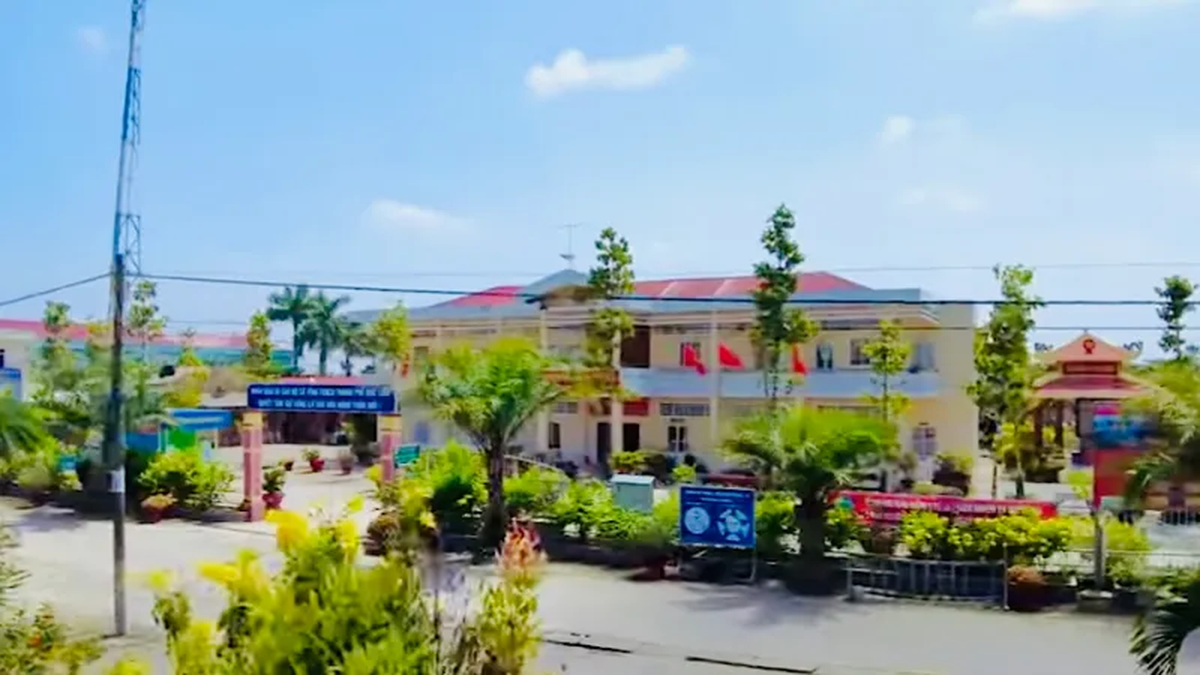On February 1, witnesses said that the Israeli army withdrew from large areas in the northern Gaza Strip for the first time since launching a ground campaign in this territory.
 |
| Israeli soldiers stand guard at the Kerem Shalom border crossing, southern Gaza Strip. (Source: EPA) |
After Israel withdrew its troops, dozens of residents returned to those areas to re-examine their homes while others searched for the bodies of Palestinians killed in the attacks, Xinhua reported.
It is not yet clear whether this withdrawal is permanent or just a redeployment of Israeli forces. The Israeli government has not commented on the information.
The withdrawal comes after reports of progress in talks between Israel and Hamas that could lead to a ceasefire and the release of Israelis it holds captive by the movement that controls the Gaza Strip.
Same day, The Israeli army has released 114 Palestinians through the Kerem Shalom border crossing in the southern Gaza Strip who were detained during Israeli ground operations.
A Palestinian security source at the Gaza Strip border agency said some of the released people were taken to Najjar hospital in Rafah city due to poor health conditions.
According to the human rights watchdog Euro-Med, during the ground operation in the Gaza Strip in retaliation for the Hamas Islamist movement's surprise raid that caused heavy casualties in Israel on October 7, 2023, the Israeli army arrested hundreds of Palestinians and transferred them to unknown locations.
In another development, the Jerusalem Post reported that Israel's National Emergency Authority recently called on ministries and agencies to develop plans to deal with a situation of continuous power outages for a week, after a document warned of a scenario of fierce conflict escalation in the North.
The Israeli Foreign Ministry has also sent a note to foreign missions in the country recommending that generators and satellite phones be prepared in case of a crisis.
According to the Israeli National Emergency Authority, if conflict occurs in the North, the power system will be severely damaged and there is a risk of a “disaster”. It is estimated that at least 60% of the population will face the risk of a power outage of 24-48 hours, and some areas may be without power for up to 72 hours.
Source





























![[Photo] Signing of cooperation between ministries, branches and localities of Vietnam and Senegal](https://vphoto.vietnam.vn/thumb/1200x675/vietnam/resource/IMAGE/2025/7/24/6147c654b0ae4f2793188e982e272651)






































































Comment (0)